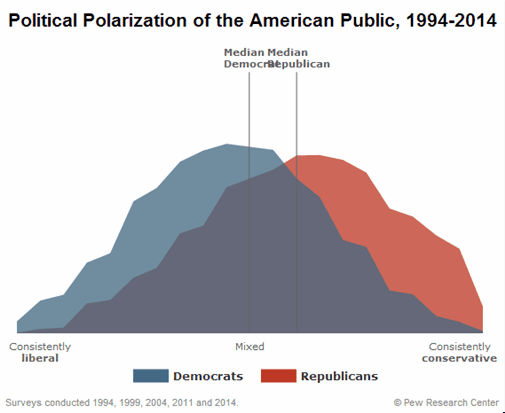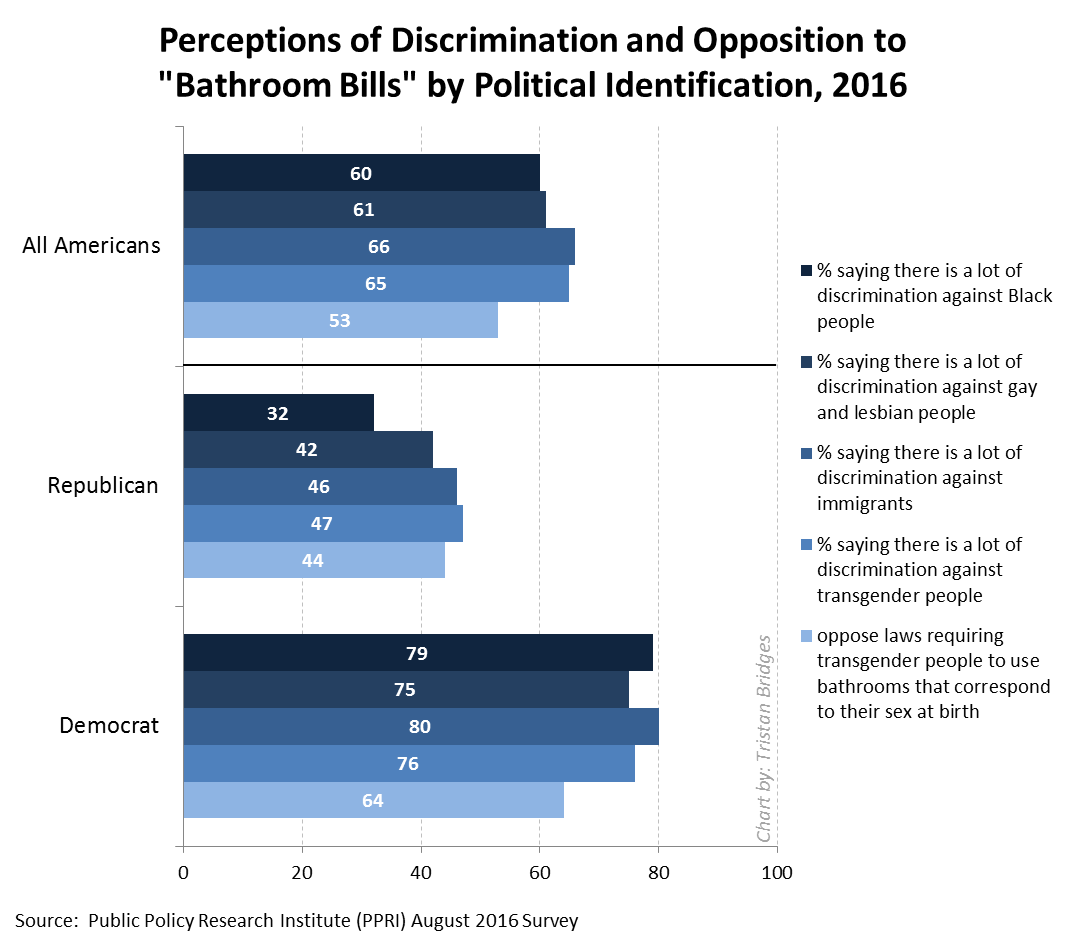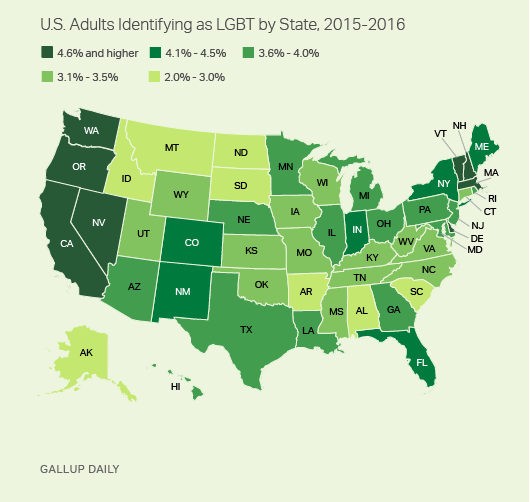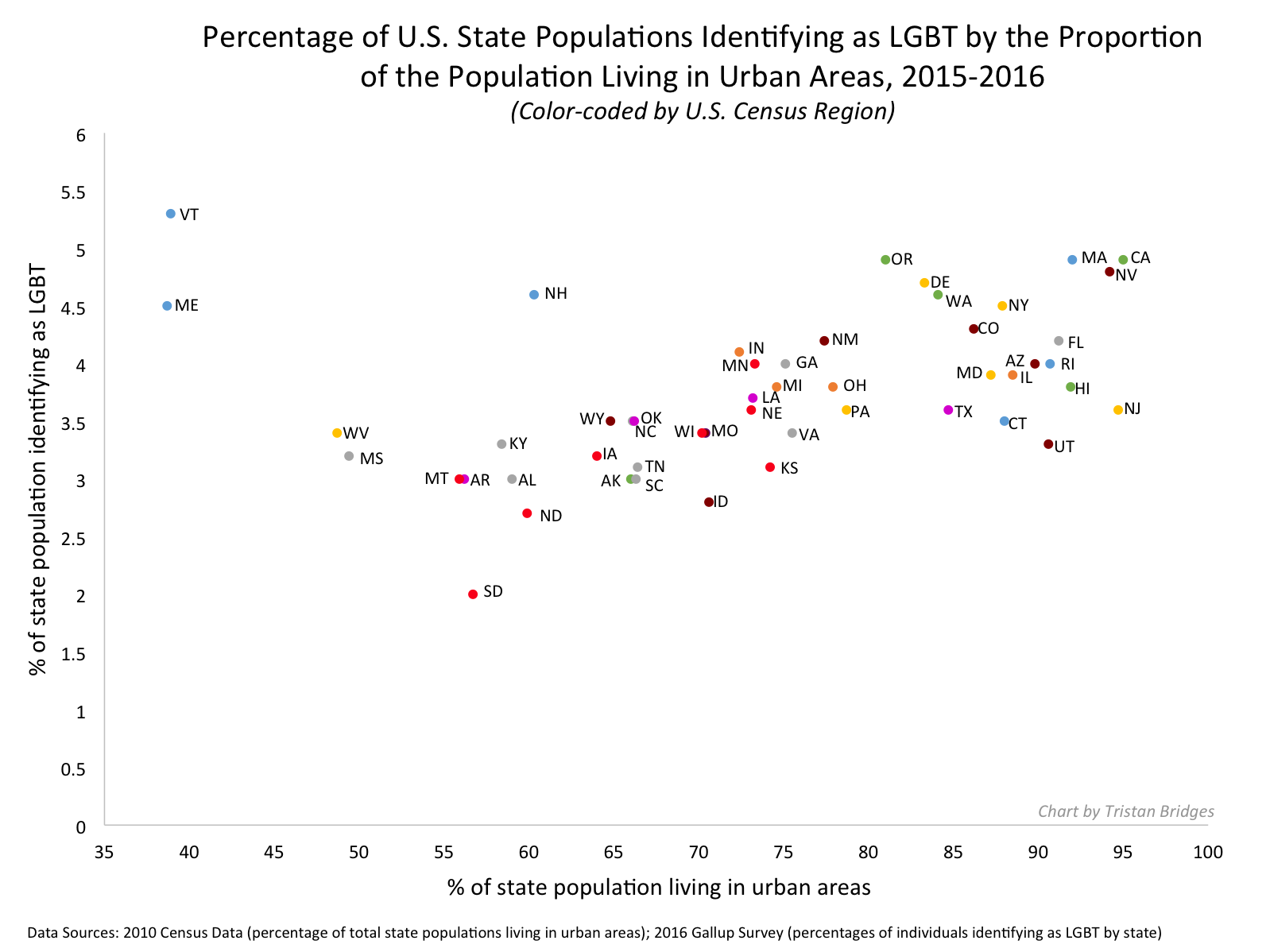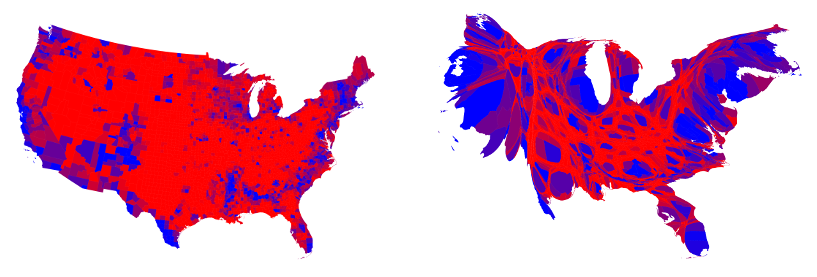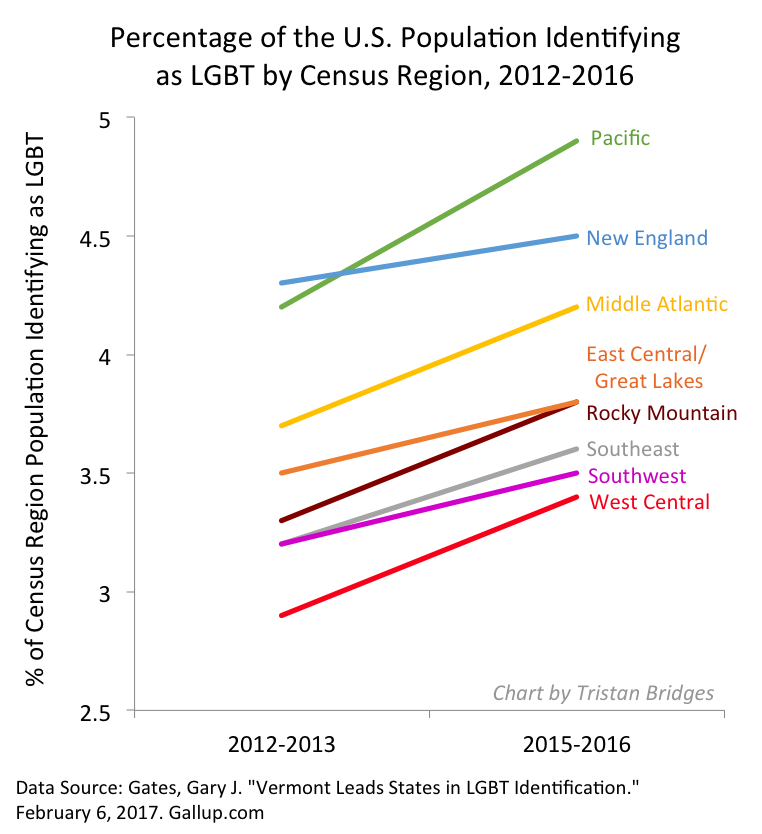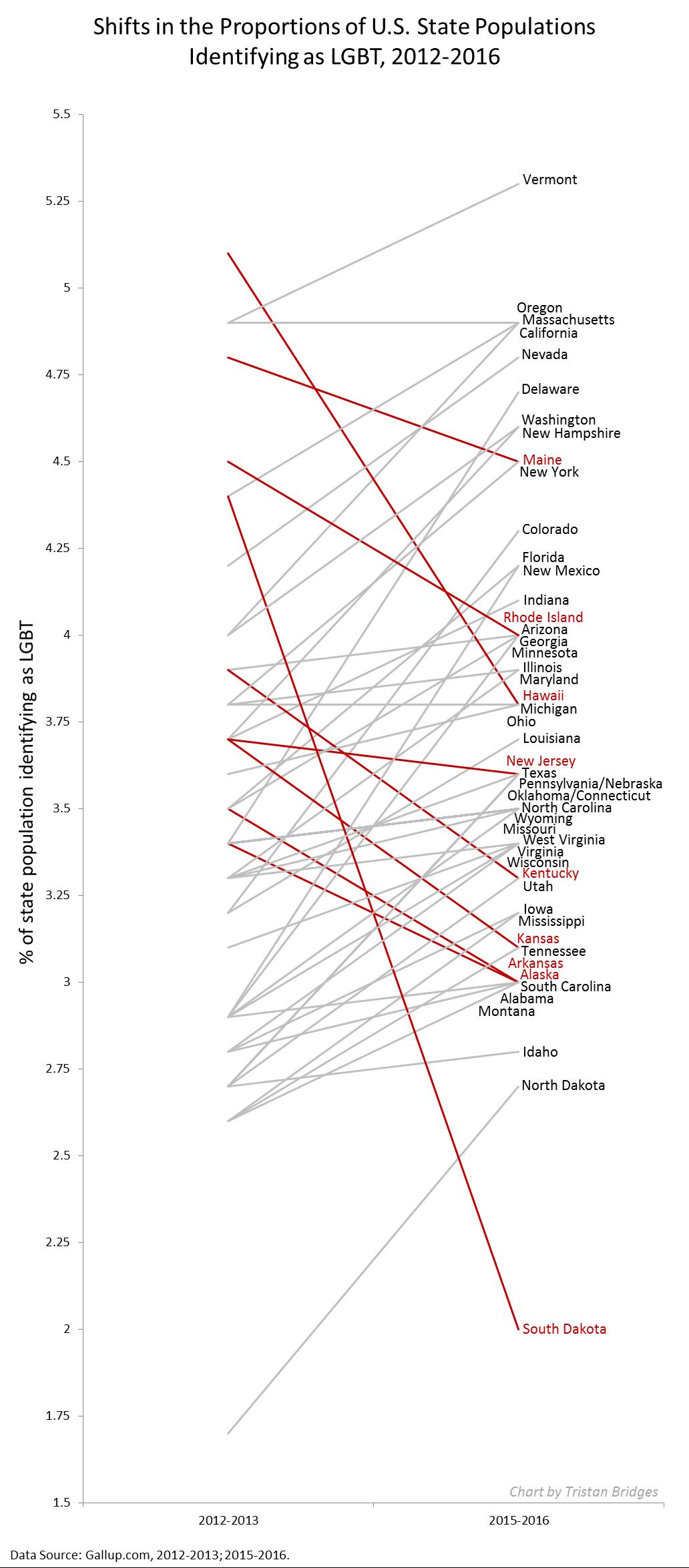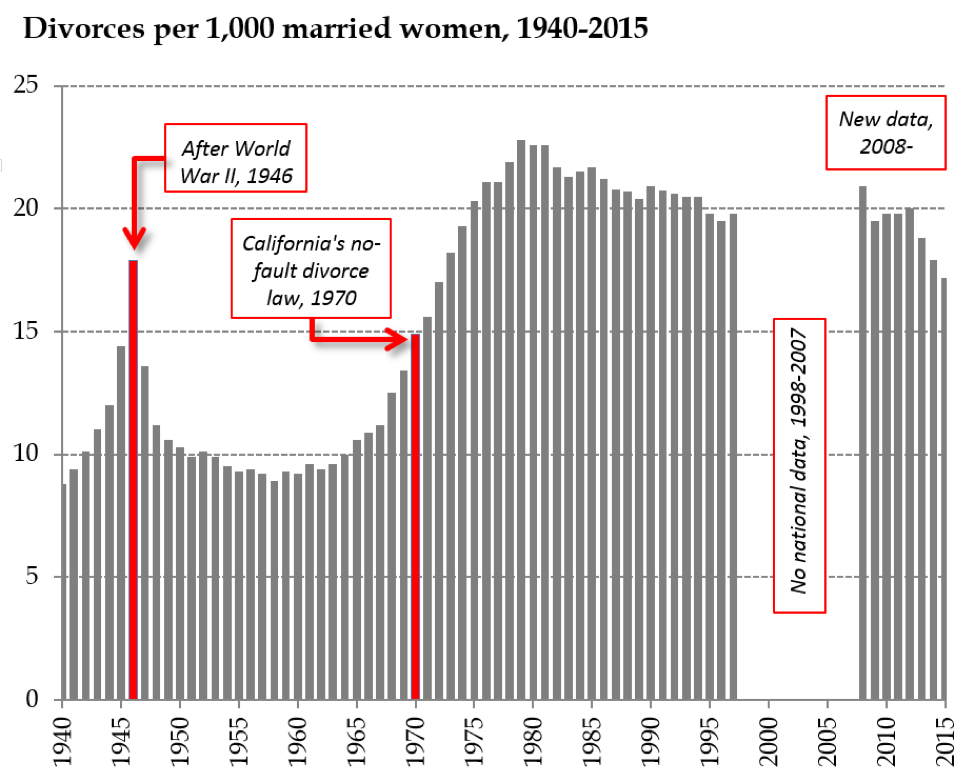Originally posted at Inequality by (Interior) Design.
One of my favorite sociologists is Bill Watterson. He’s not read in most sociology classrooms, but he has a sociological eye and a great talent for laying bare the structure of the world around us and the ways that we as individuals must navigate that structure—some with fewer obstacles than others. Unlike most sociologists, Watterson does this without inventing new jargon (or much new jargon), or relying on overly dense theoretical claims. He doesn’t call our attention to demographic trends (often) or seek to find and explain low p values.
Rather, Watterson presents the world from the perspective of a young boy who is both tremendously influenced by–and desires to have a tremendous influence on–the world around him. The boy’s name is Calvin, and I put a picture of him (often in the company of his stuffed tiger, Hobbes) on almost every syllabus I write. Watterson is the artist behind the iconic comic strip, “Calvin and Hobbes,” and he firmly believed in his art form. I’m convinced that if you can’t find a Calvin and Hobbes cartoon to put on your syllabus for a sociology course, there’s a good chance you’re not teaching sociology.
The questions and perspectives of children are significant to sociologists because children offer us an amazing presentation of how much is learned, and how we come to take what we’ve learned for granted. In many ways, this is at the heart of the ethnographic project: to uncover both what is taken for granted and why this might matter. Using the charm and wit of a megalomaniacal young boy, Watterson challenges us on issues of gender inequality, sexual socialization, religious identity and ideology, racism, classism, ageism, deviance, the logic of capitalism, globalization, education, academic inquiry, philosophy, postmodernism, family forms and functions, the social construction of childhood, environmentalism, and more.
Watterson depicts the world from Calvin’s perspective. He manages to illustrate both how odd this perspective appears to others around him (his parents, teachers, peers, even Hobbes) as well as the tenacity with which Calvin clings to his unique view of the world despite the fact that it often fails to accord with reality. Indeed, Calvin ritualistically comes into conflict with his social obligations as a child (school, chores, social etiquette, and norms of deference and respect, etc.) and the diverse roles he plays as a social actor (both real and imaginary). Calvin is a wonderful example of the human capacity to play with social “roles” and within the social institutions that frame and structure our lives.
Quite simply, Calvin often simply refuses to play the social roles assigned to him, or, somewhat more mildly, he refuses to play those roles in precisely the way they were designed to be played. And in that way, Calvin helps to illustrate just how social our behavior is. Social behavior is based on a series of structured negotiations with the world around us. This doesn’t have to mean that we can act however we please—Calvin is continually bumping into social sanctions for his antics. But neither does it mean that we only act in ways that were structurally predetermined. The world around us is a collective project, one in which we have a stake. We play a role in both social reproduction and change.
Understanding the ways in which our experiences, identities, opportunities, and more are structured by the world around us is a central feature of sociological learning. Calvin is one way I ask students to consider these ideas. Kai Erikson put it this way in an essay on sociological writing:
Most sociologists think of their discipline as an approach as well as a subject matter, a perspective as well as a body of knowledge. What distinguishes us from other observers of the human scene is the manner in which we look out at the world—the way our eyes are focused, the way our minds are tuned, the way our intellectual reflexes are set. Sociologists peer out at the same landscapes as historians or poets or philosophers, but we select different details out of those scenes to attend closely, and we sort those details in different ways. So it is not only what sociologists see but the way they look that gives the field its special distinction. (here)
Calvin is a great example of the significance of “breaching” social norms. Breaches tell us something important about what we take for granted, and if your sociological imagination is well-oiled, you can often learn something about the “how” and the “why” as well. A great deal of the social organization goes into the production of our experiences, identities, and opportunities is subtly disguised by these “whys” (or what are sometimes called “accounts”). Calvin’s incessant questioning of authority and social norms illuminates the social forces that guide our accounts surrounding a great deal of social life–subtly, but unmistakably, asking us to consider what we taken for granted, how we manage to do so, as well as why. This is a feature of some of the best sociological work—a feature that is dramatized in childhood.
In Erikson’s treatise on sociological writing, he concludes with a wonderful description of an interaction between Mark Twain and a “wily old riverboat pilot.” Researching life on the Mississippi, Twain noticed that the riverboat pilot deftly swerves and changes course down the river, dodging unseen objects below the water’s surface in an attempt to move smoothly down the river. Twain asks the pilot what he’s noticing on the water’s surface to make these decisions and adjustments. The riverboat pilot is unable to explain, offering a sort of “I know it when I see it” explanation (interviewers know this explanation well). The pilot’s eyes had become so skilled in this navigation that he didn’t need to concern himself with how he knew what he knew. But both he and Twain were confident that he knew it. Over the course of their interactions, Twain gradually comes to learn more about what exactly the riverboat pilot is able to see and how he uses it to move through the water unhindered. This, explains Erikson, is the project of good sociology—“to combine the eyes of a river pilot with the voice of Mark Twain.”
Through Calvin, Watterson accomplishes just this. Calvin offers us a glimpse of wonderful array of sociological ideas and perspectives in an accessible way. Watterson has a way of seamlessly calling our attention to the taken for granted throughout social life and his images and ideas are a great introduction to sociological thinking. I like to think that Calvin’s life, perspectives, antics, and waywardness help students call the systems of social inequality and the world around them into question, learning to see sociologically. Calvin is a great tool to help students recognize that they can question the unquestionable, to learn to problematize issues that might lack the formal status of “problems” in the first place. Watterson used Calvin to help all of us learn to see the ordinary as extraordinary–a worthy task for any sociology course.
Tristan Bridges, PhD is a professor at the University of California, Santa Barbara. He is the co-editor of Exploring Masculinities: Identity, Inequality, Inequality, and Change with C.J. Pascoe and studies gender and sexual identity and inequality. You can follow him on Twitter here. Tristan also blogs regularly at Inequality by (Interior) Design.

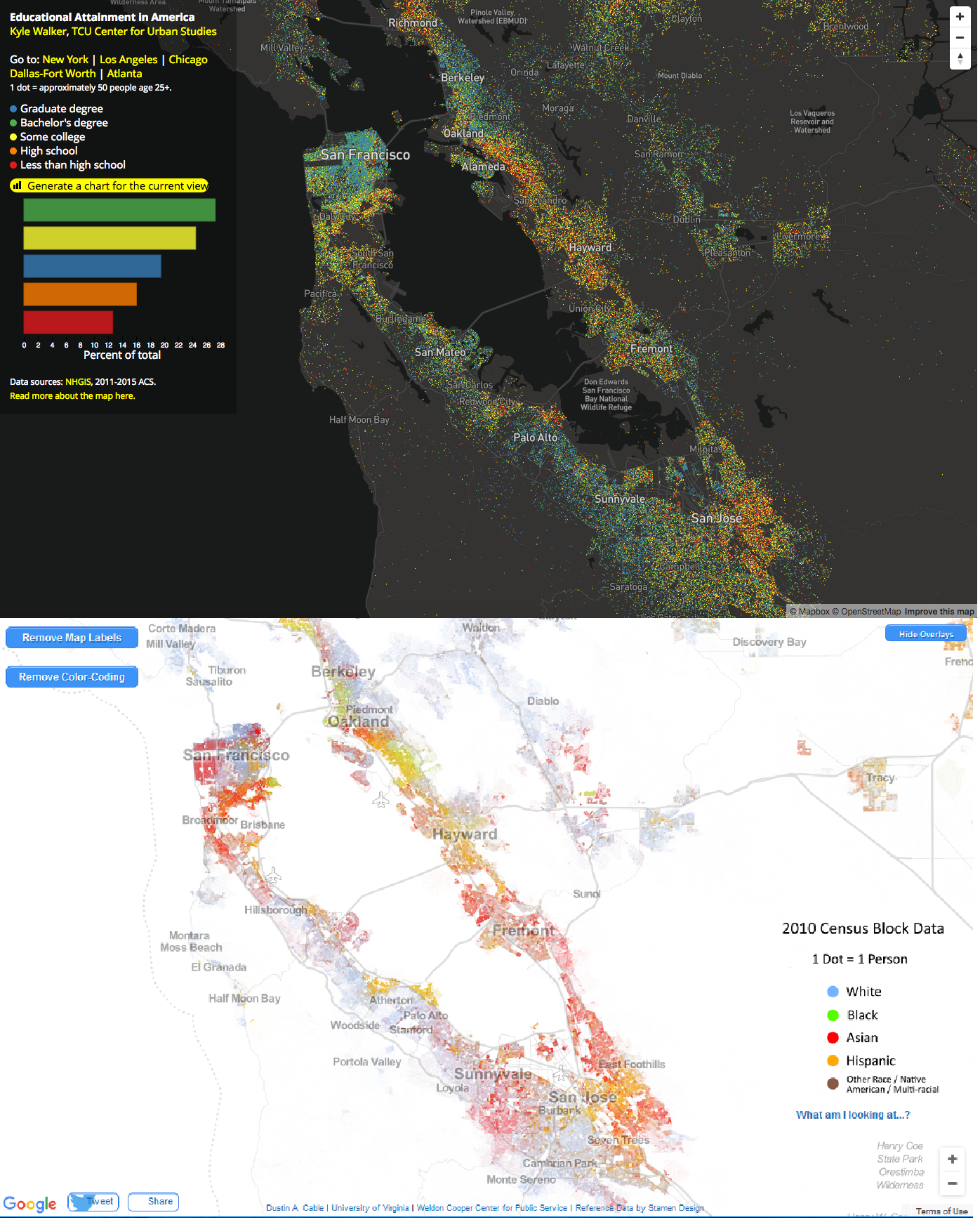
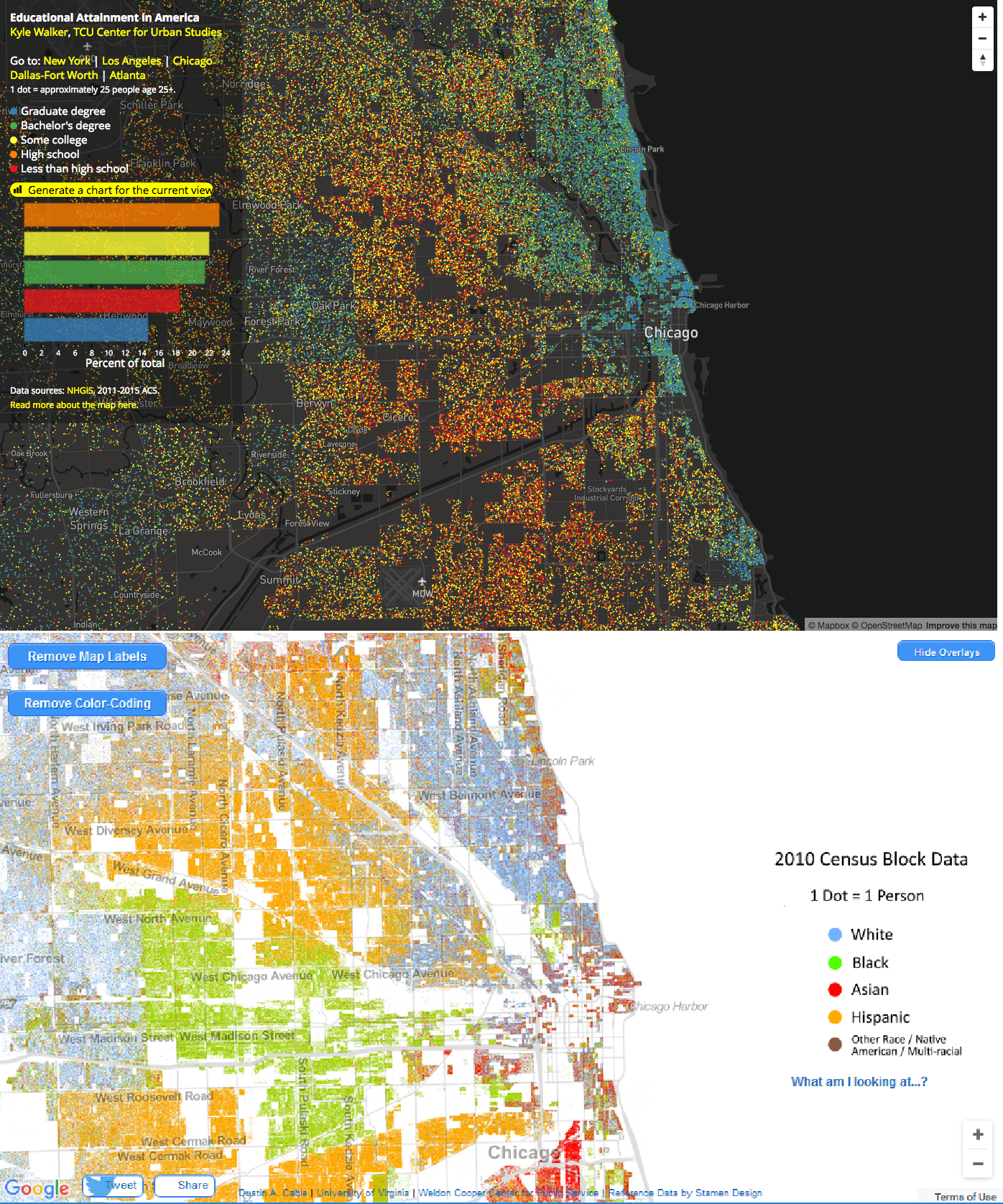
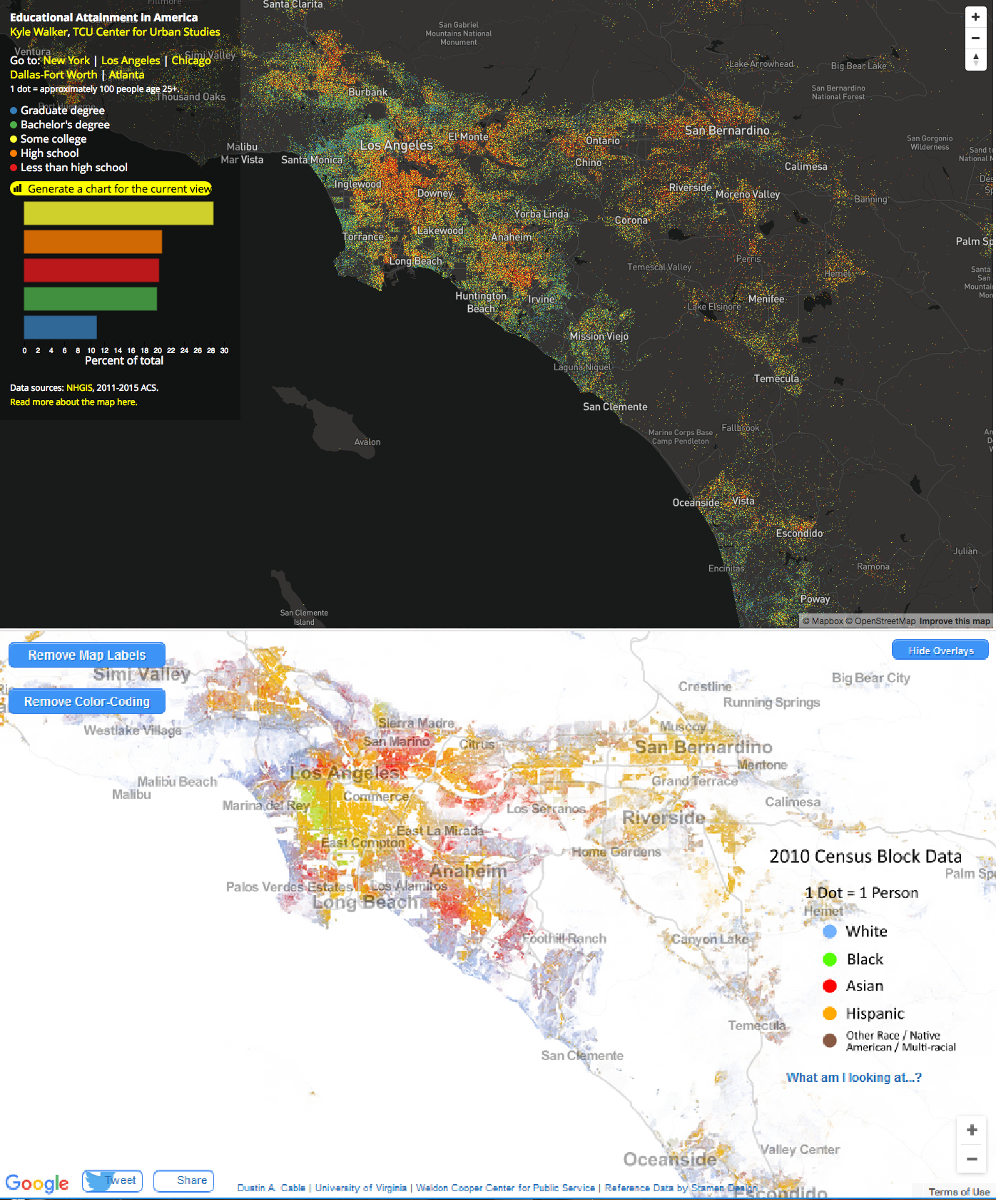
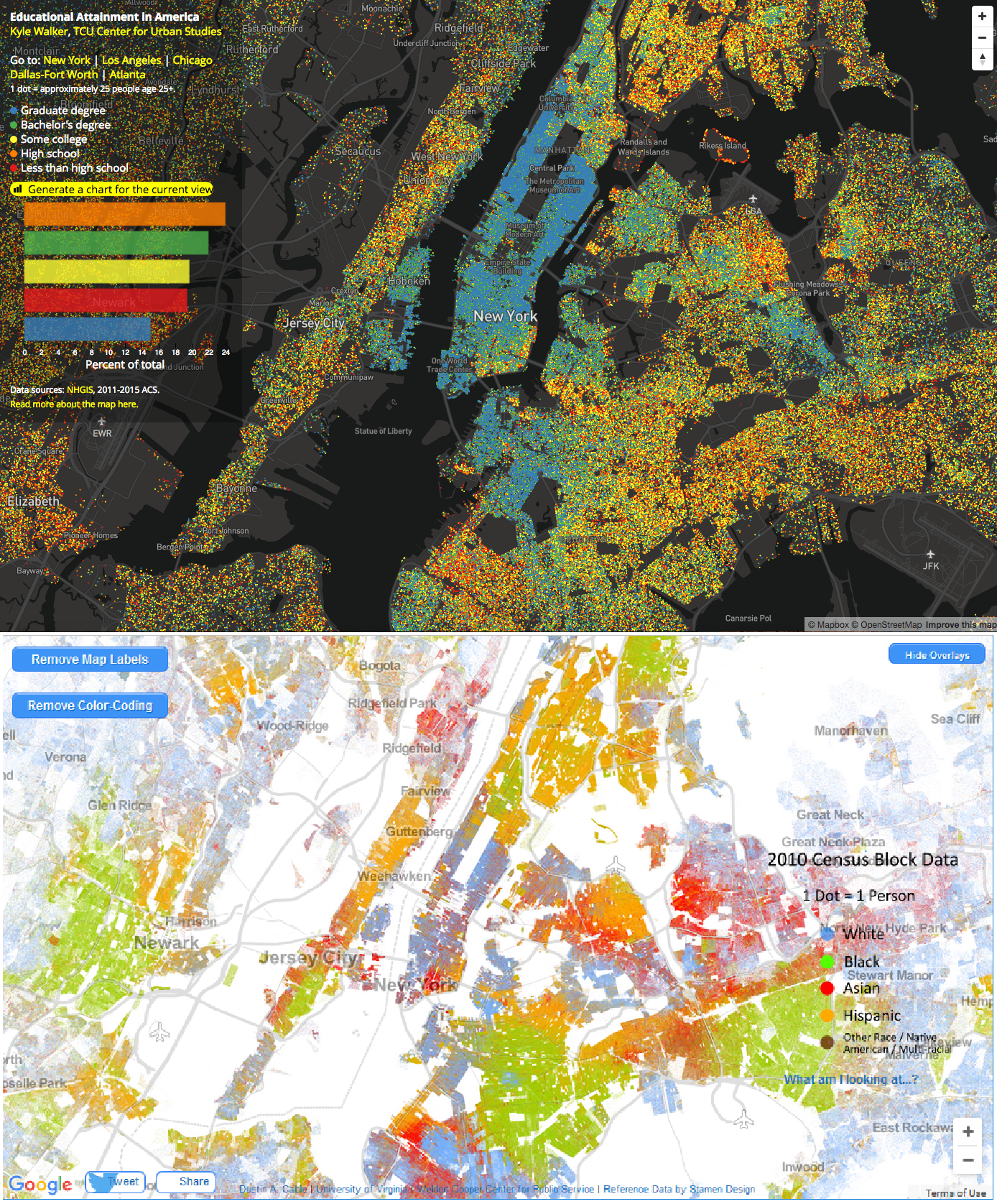
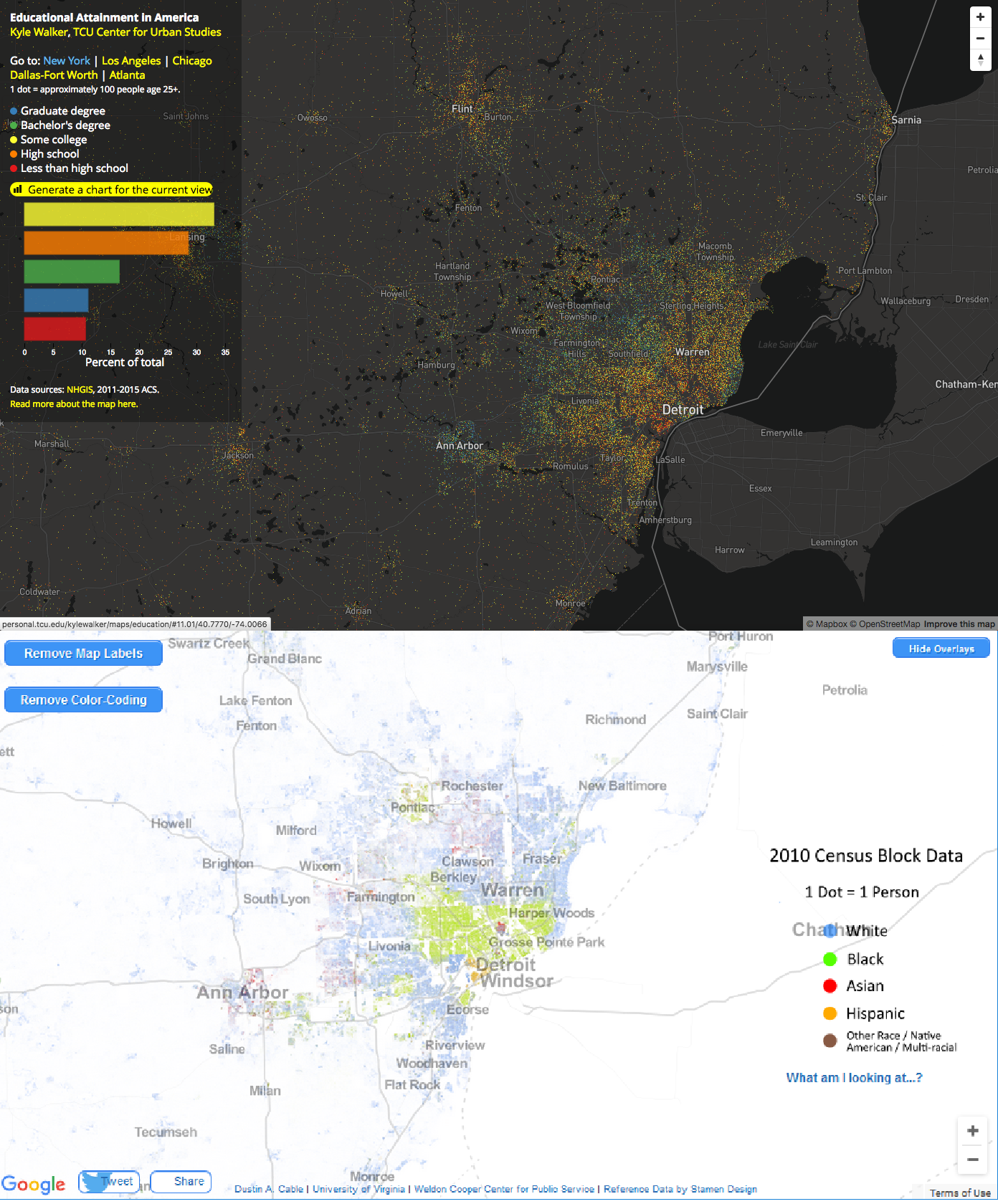
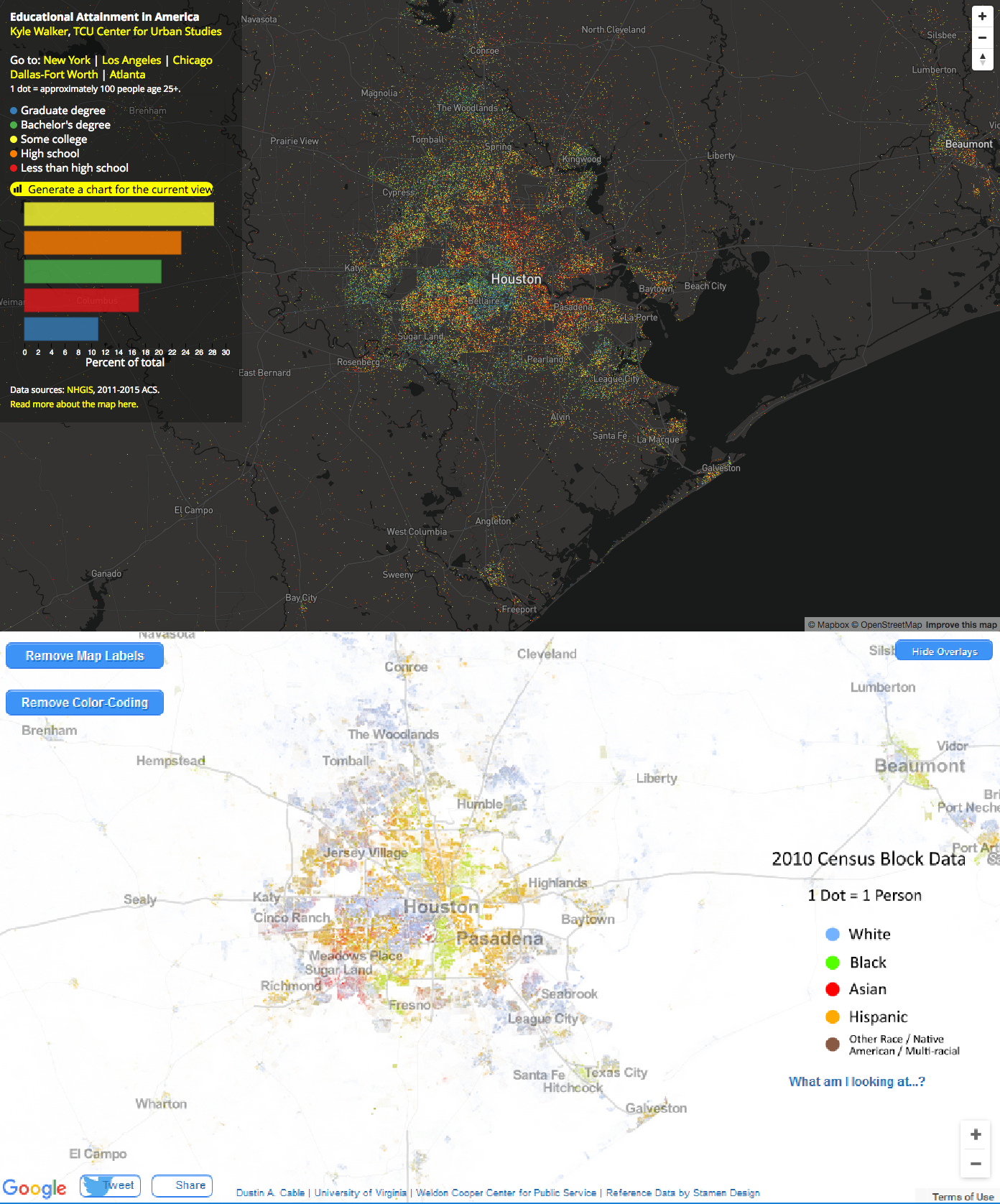


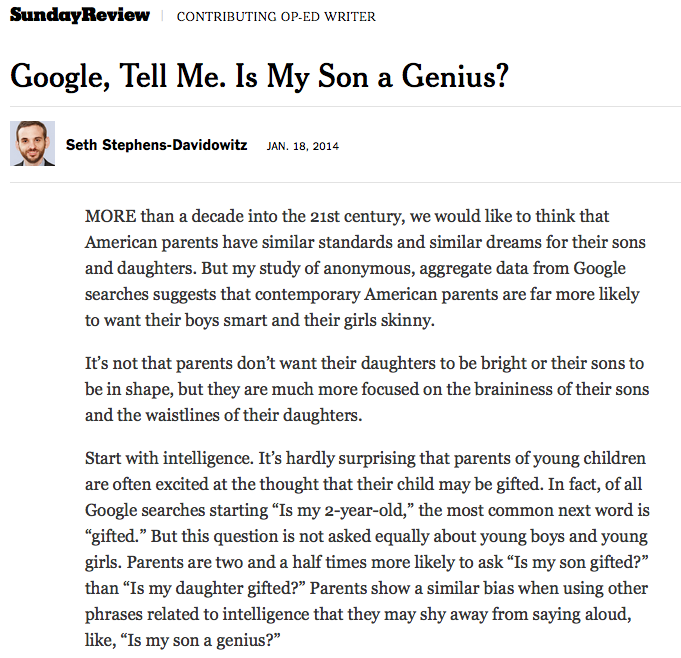

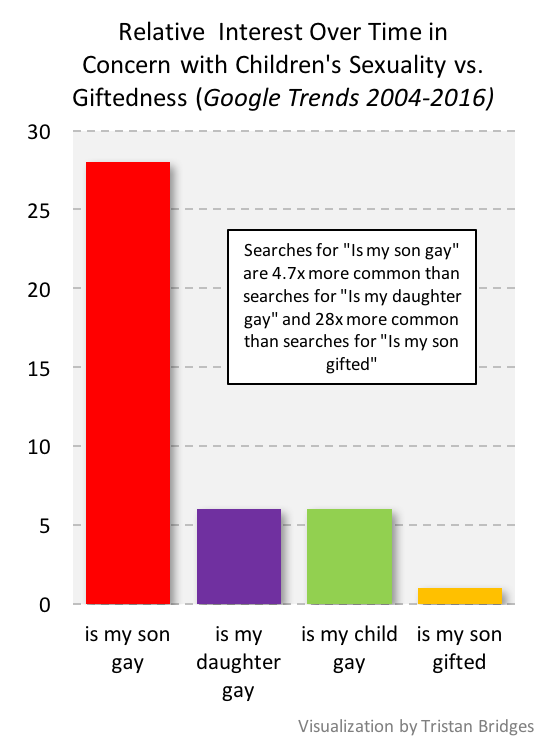 Indeed, over the period of time illustrated here, people were 28x more likely to search for “is my son gay” than they were for “is my son gifted.” And searches for “is my son gay” were 4.7x more common than searches for “is my daughter gay.”
Indeed, over the period of time illustrated here, people were 28x more likely to search for “is my son gay” than they were for “is my son gifted.” And searches for “is my son gay” were 4.7x more common than searches for “is my daughter gay.”